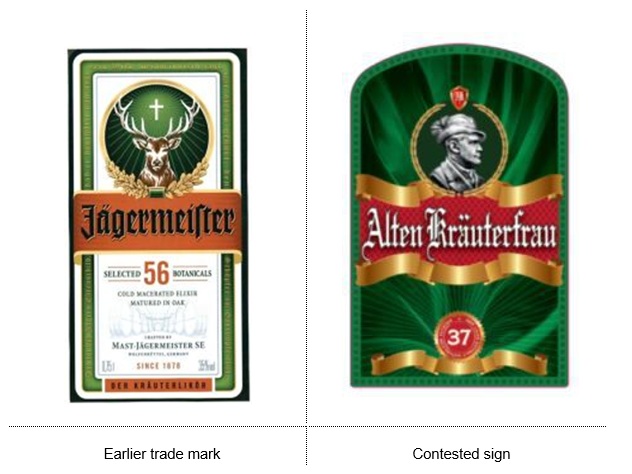With joined efforts, the Organization for Economic Co-operation and Development (OECD) and the European Union Intellectual Property Office (EUIPO) conducted a study on counterfeiting and the impact it had on economy from 2011 to 2013. Their results were published on 18 April 2016 under the name“Trade in Counterfeit and Pirated Goods: Mapping the Economic Impact”. Although presuming the results would not be satisfactory, they have exceeded all expectations, with 2.5% of world trade including counterfeits and up to 5% of imports in the EU. This might not seem significant at first glance, but 2.5% of the world trade amounts to 461 billion USD, which is equal to the GDP of Austria. 5% of EU trade is 116 billion USD, almost the GDP of Hungary. Seeing these numbers in black and white should start the alarm in policymakers´ heads and show how much we are in need of a change in the legislation. Weiterlesen über A new report on the economic impact of counterfeit trade published by OECD and EUIPO
